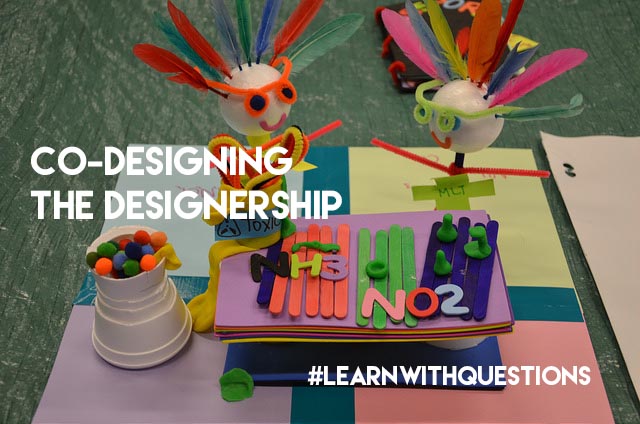
This week we started conducting “interviews” with successful applicants for the designership. The reason there are quotations around interview is because it isn’t really an interview at all. To me an interview implies that there are specific answers I am looking for to decide whether or not an applicant is right for this designership and really what I would rather do is start a conversation with applicants to co-design this designership. It is important that this designership understands the needs and goals of the applicants as well as delivers an impactful resource to the community.
Co-designing is key to the kind of work Exhibit Change has been doing since day one. Motivated by the desire to bring stakeholders into the solution process often and early as a way to ensure authentic solutions are delivered. In the beginning, it was about building ownership and addressing the paradox of receiving funding to implement a program/service/solution before checking with stakeholders if that is what is actually needed. As this work continues, co-designing has become a part of Exhibit Change’s DNA and it is a mindset that we advocate for with every client and every project from the get-go. It takes continuous reflection and iteration to figure out how to balance what is integral to a project and what is malleable.
This seems to be the biggest challenge to explain/ get people on board with. Time and time again, I hear “So we are going to get people together but we aren’t sure what they are going to do?” The answer to that is partly yes and partly no. We always encourage clients to think about the big questions they would like their stakeholders to answer. Often these questions start out as assumptions about what a stakeholder wants or needs. Even assumptions that are rooted in the best intentions can easily send you down the wrong path if you don’t stop to ask is this really want they want or need.
There is a methodology and art to co-designing, it is not a willy-nilly process that leads you on a wild goose hunt. There need to be established boundaries of what can be offered, obviously resources needed to be considered – time, human and monetary. It helps to think of the boundaries as spectrums of comfort, what are stakeholders asking for and what is the organizations willing to do. Then the boundaries need to be examined, how flexible are they, how negotiable and how do-able. Then these boundaries can start to establish some order to the uncertainty that lays ahead.
Ultimately, the first step in co-designing the designership is figuring out working styles, timelines, commitment levels, and initial goals. So that when we do meet face-to-face we have boundaries to examine.